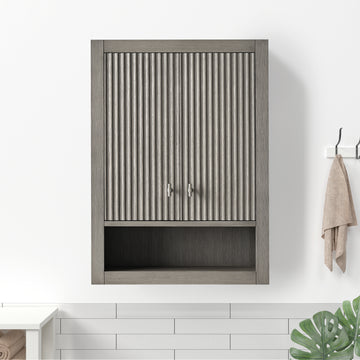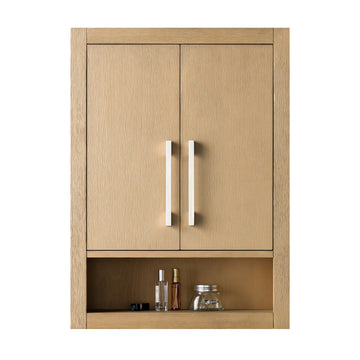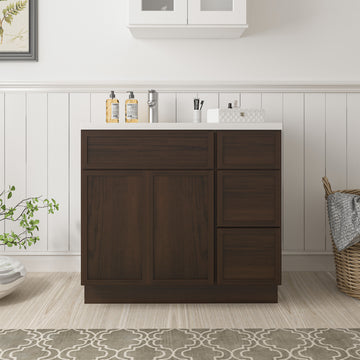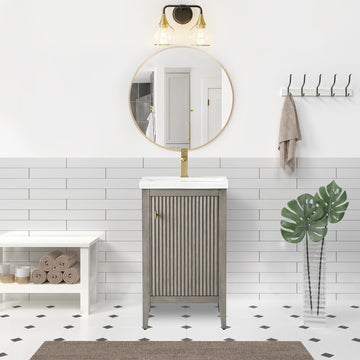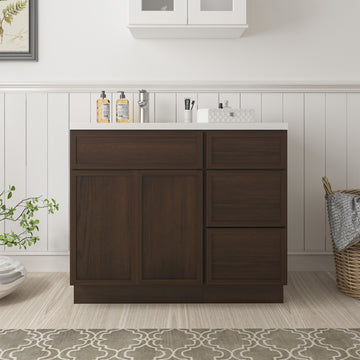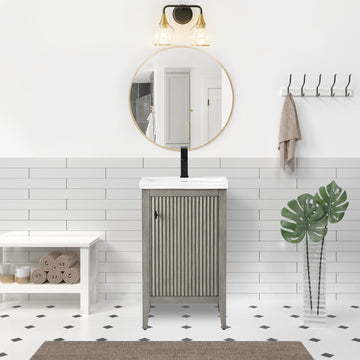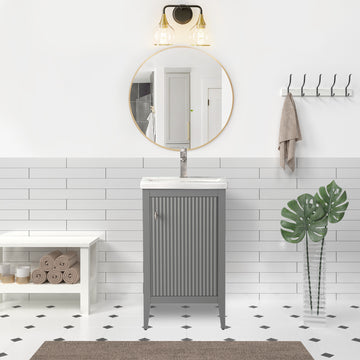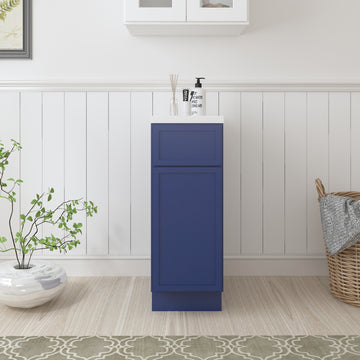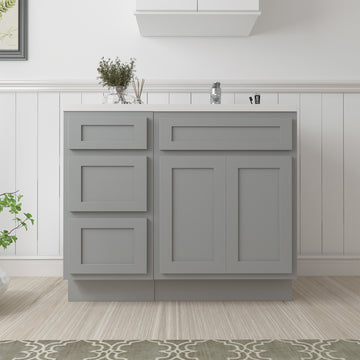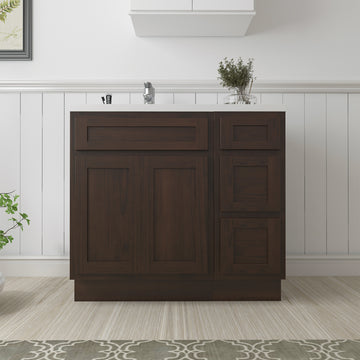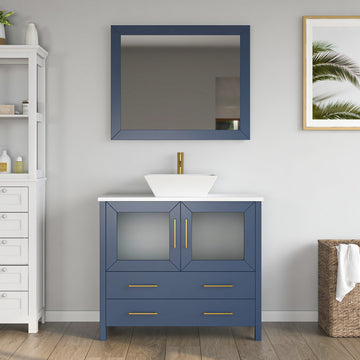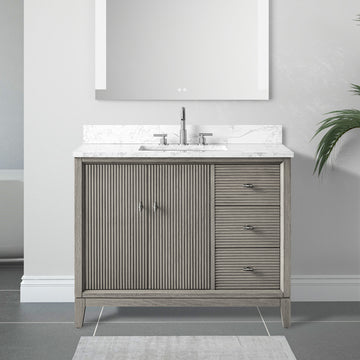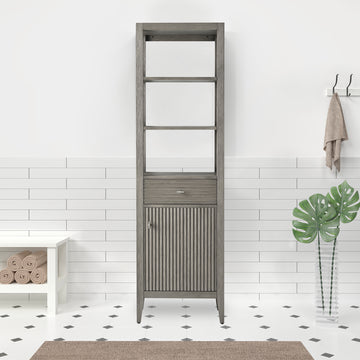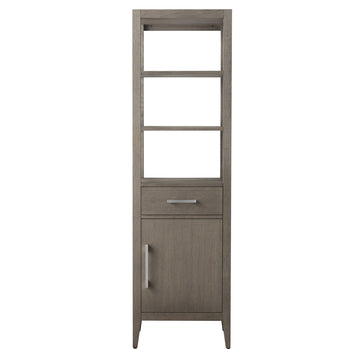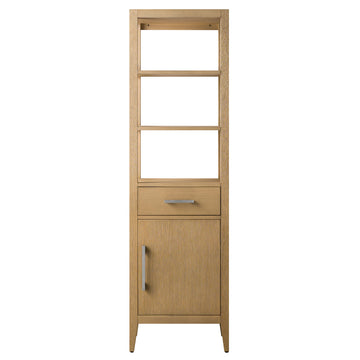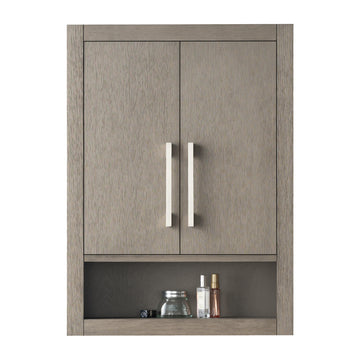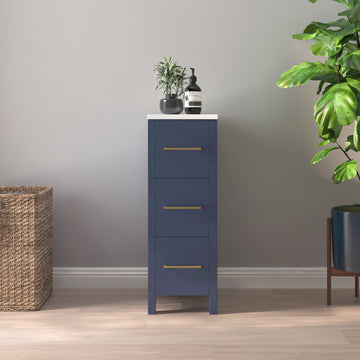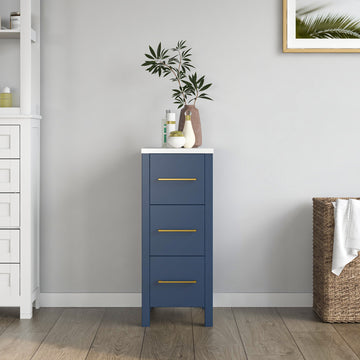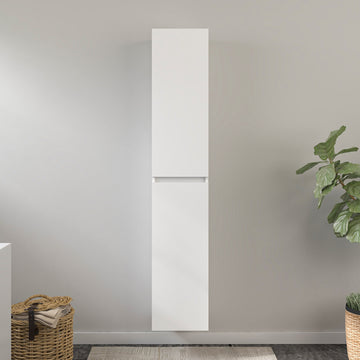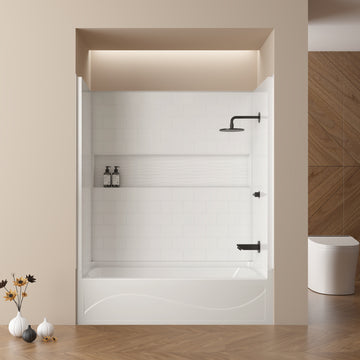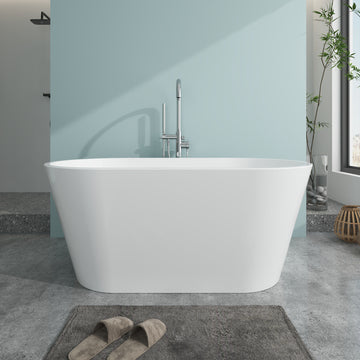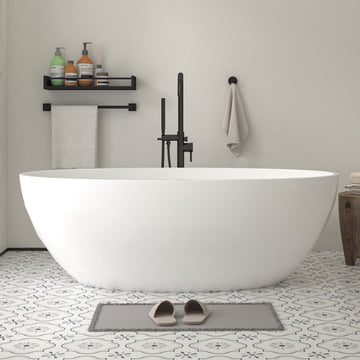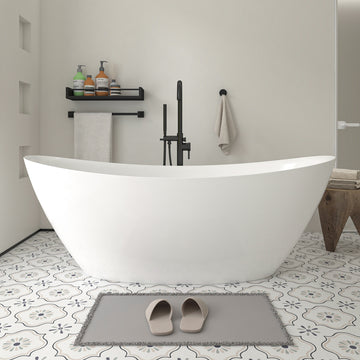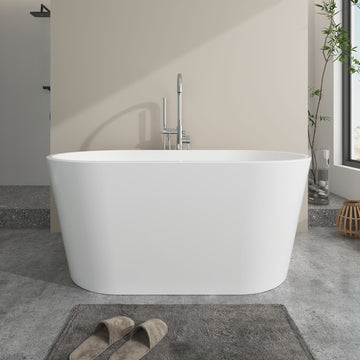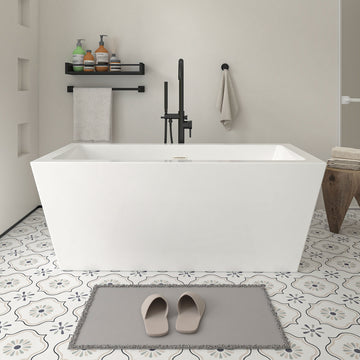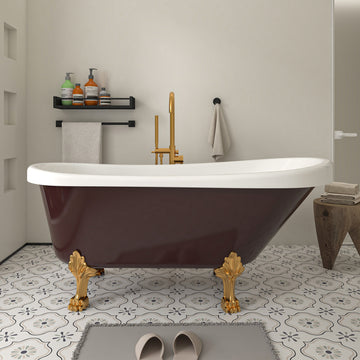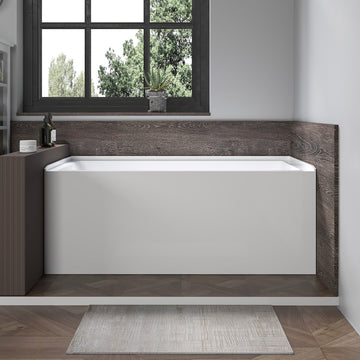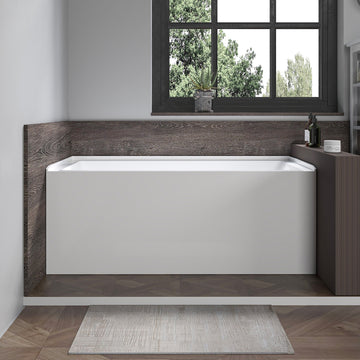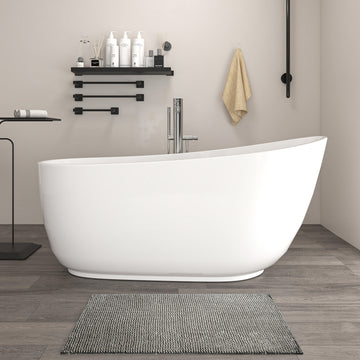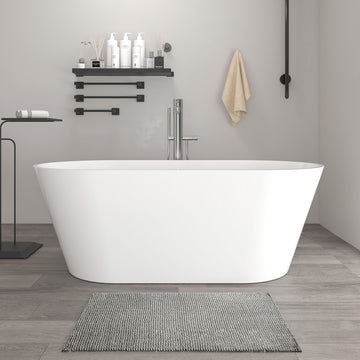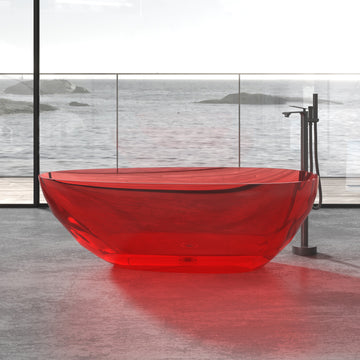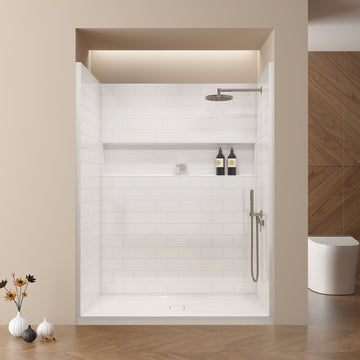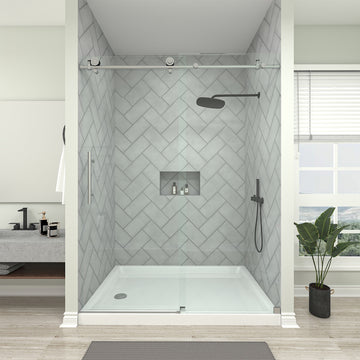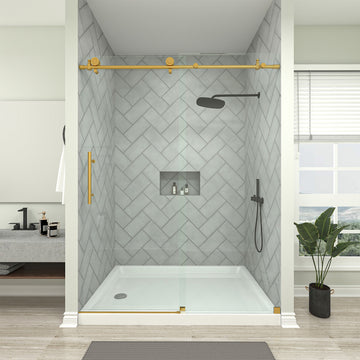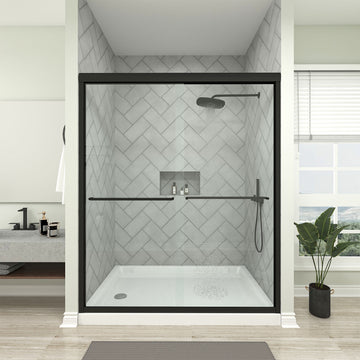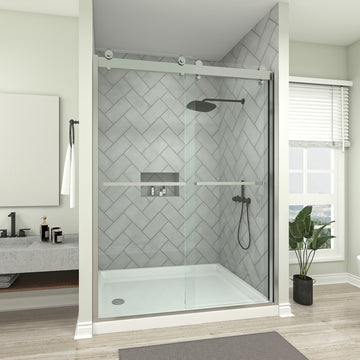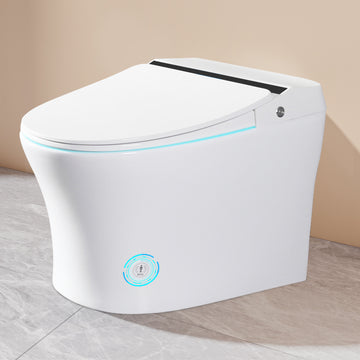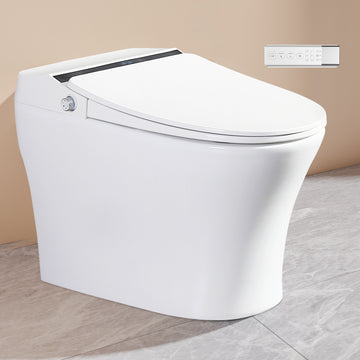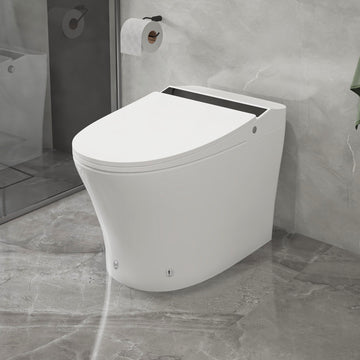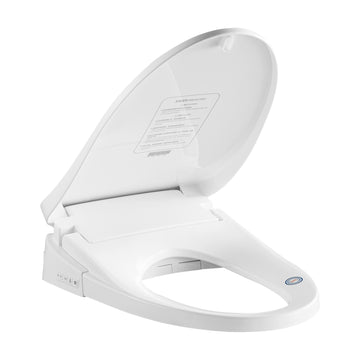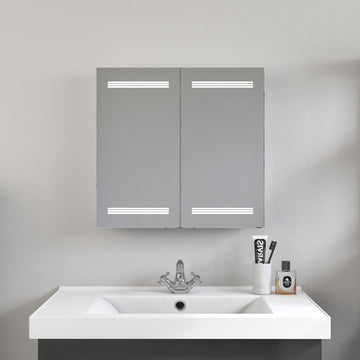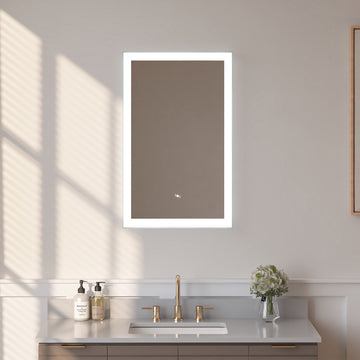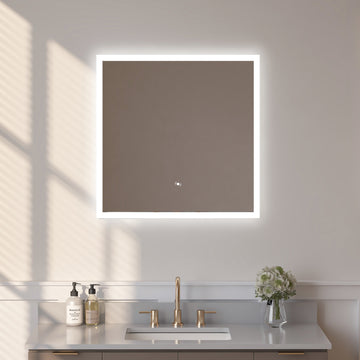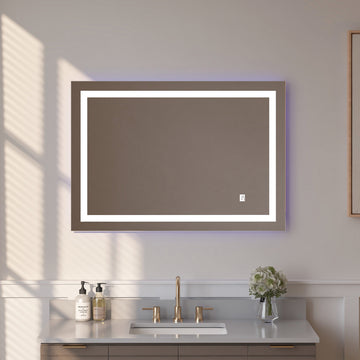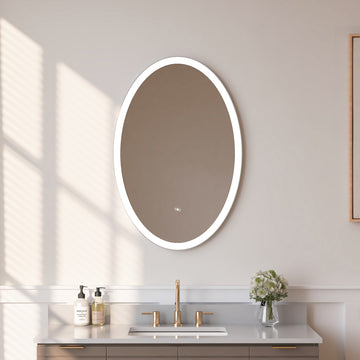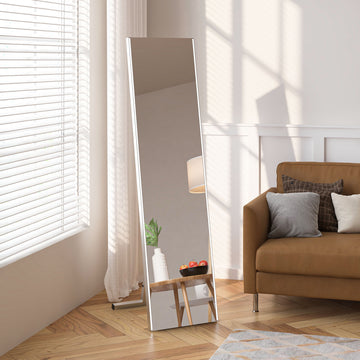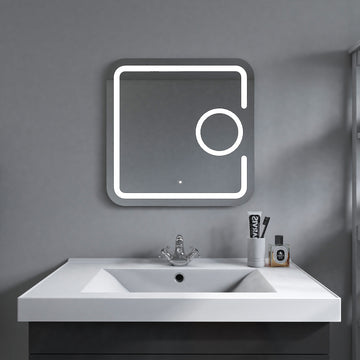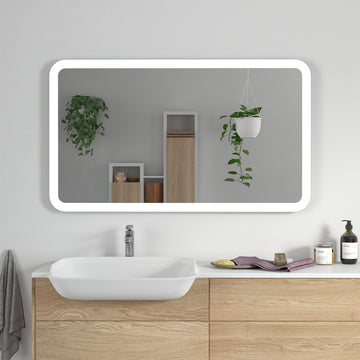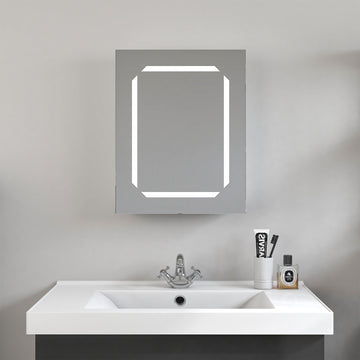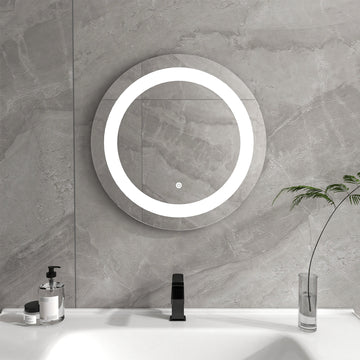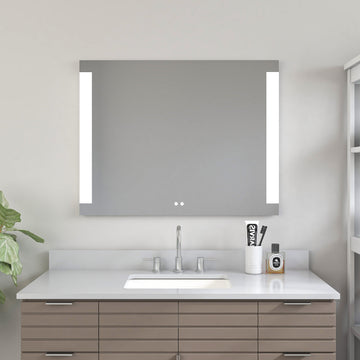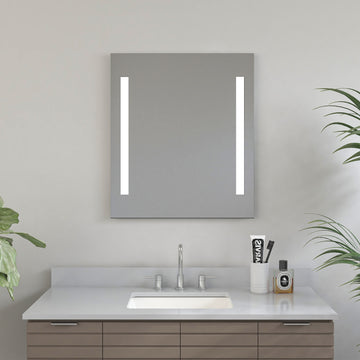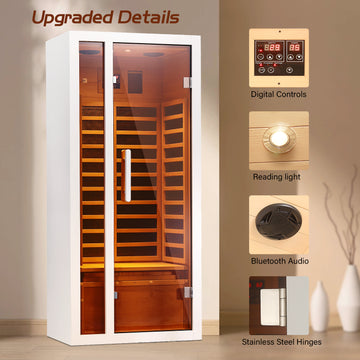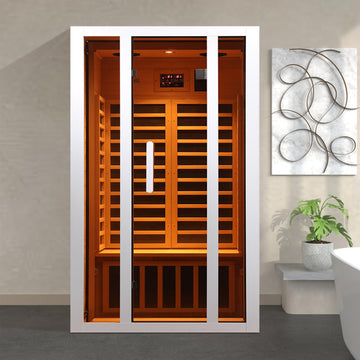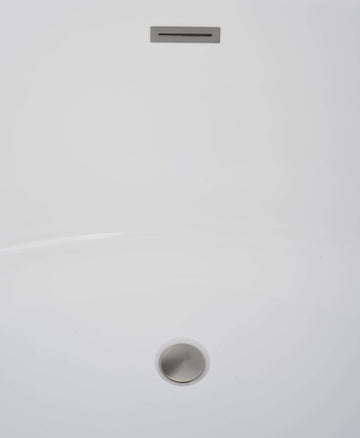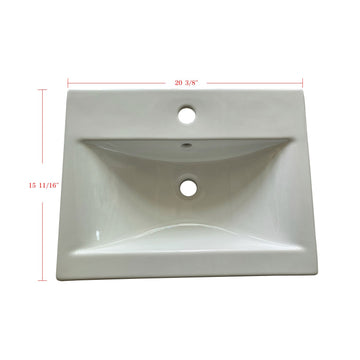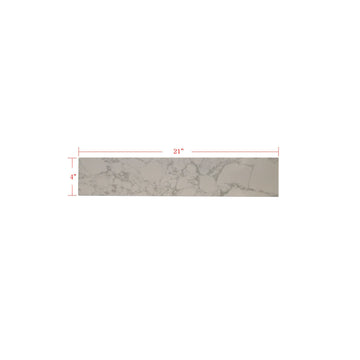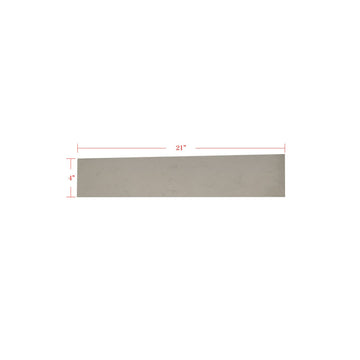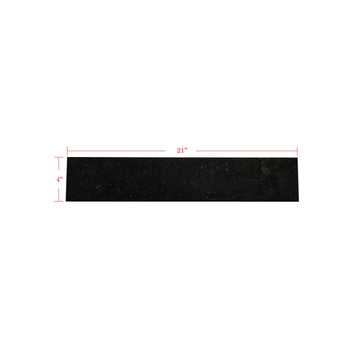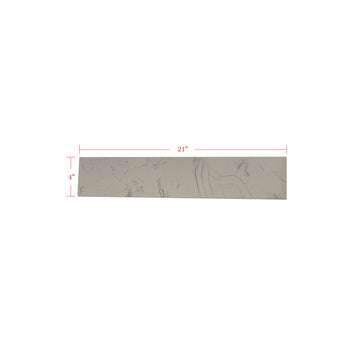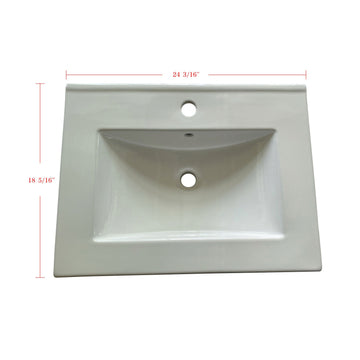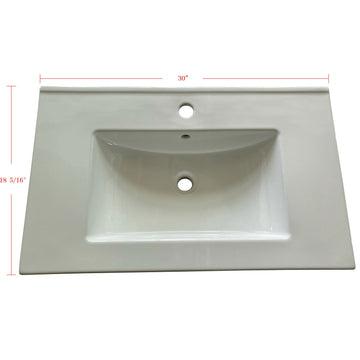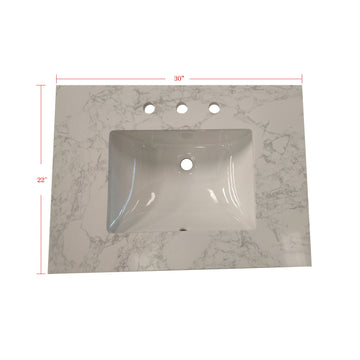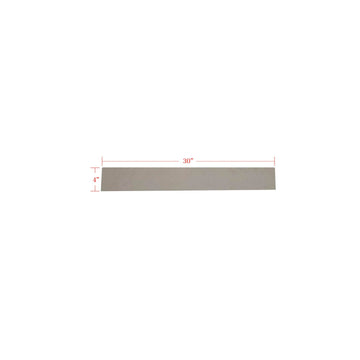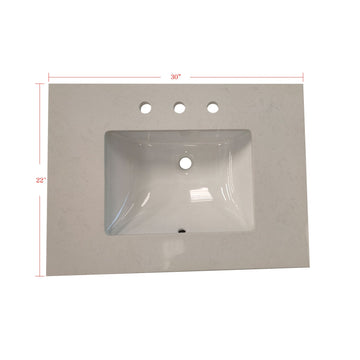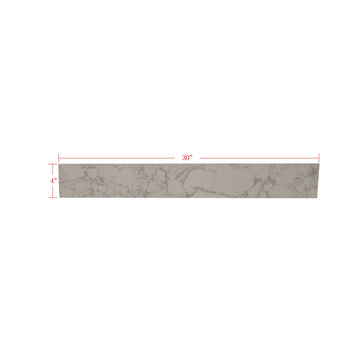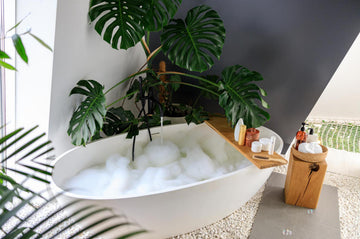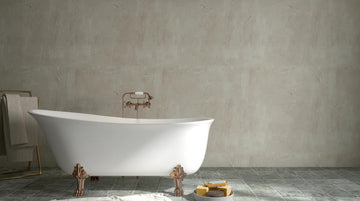A clawfoot tub can transform any bathroom into a luxurious retreat. These freestanding bathtubs have decorated homes for more than 150 years. Today, they're making a strong comeback in modern bathroom design.
But what makes a clawfoot tub special? How does it differ from regular bathtubs? If you're renovating your bathroom or buying a new home, you need to understand these iconic fixtures.
This guide covers everything about clawfoot tubs. We'll explore their unique features, compare them with other bathtub styles, and help you decide if one fits your needs. We focus on facts, not opinions, so you can make the best choice for your home.
From the distinctive feet that give these tubs their name to the practical points of installation and maintenance, we'll answer all your questions. Whether you love vintage style or want a statement piece for your bathroom, this article has the information you need.
Let's start with the basics and explore what defines a clawfoot tub.
What is clawfoot tub
A clawfoot tub is a freestanding bathtub that sits on four decorative feet. These feet look like animal claws, which gives the tub its distinctive name. Unlike built-in tubs, clawfoot tubs stand alone without touching any walls.
These tubs first appeared in the mid-1800s when indoor plumbing became popular. Wealthy homeowners wanted bathtubs that showed their status. Manufacturers created cast iron tubs with ornate feet to meet this demand. The design quickly spread across America and Europe.
Most clawfoot tubs measure between 54 and 72 inches long. They sit 14 to 17 inches off the floor on their feet. The tub itself stands about 24 to 30 inches tall. These dimensions make them taller than standard built-in bathtubs.
Clawfoot tub key features
Clawfoot tubs have several distinctive features that set them apart:
-
Freestanding design: The tub doesn't need walls for support. You can place it anywhere in your bathroom with proper plumbing connections.
-
Material choices: Traditional clawfoot tubs use cast iron with porcelain enamel coating. Modern versions come in acrylic, copper, and stone resin. Cast iron tubs weigh 300-500 pounds, while acrylic options weigh 100-150 pounds.
-
Rim styles: You'll find two main rim types. Rolled rim tubs have a curved edge for neck support. Flat rim tubs offer a level surface for bath accessories.
-
Tub shapes: The classic slipper style has one raised end for back support. Double slipper tubs raise both ends. Traditional roll-top tubs keep both ends at equal height.
What does the clawfoot do
The clawfoot design serves both practical and aesthetic purposes. The feet elevate the tub off the floor, which creates several benefits.
First, the elevation makes cleaning easier. You can sweep or mop under the tub without moving it. This prevents mold and mildew buildup common with built-in tubs.
The feet also protect your floor from the tub's weight. They distribute hundreds of pounds across four points instead of the entire tub bottom. This reduces floor stress and prevents damage.
The space under the tub improves bathroom ventilation. Air circulates freely around and beneath the tub. Better airflow helps the bathroom dry faster after baths or showers.
Finally, the decorative feet add visual interest. They turn a functional fixture into a design centerpiece. The feet come in various styles like ball and claw, paw feet, and modern geometric designs.
Other types of bathtub
Not every bathroom needs or suits a clawfoot tub. Understanding other bathtub options helps you make the right choice for your space and lifestyle.
Alcove bathtubs are the most common type in American homes. These tubs fit into a three-walled recess. They measure 60 inches long and 30-32 inches wide. Alcove tubs cost less than clawfoot tubs and save space. They work well in small bathrooms but lack the visual impact of freestanding options.
Drop-in bathtubs sit inside a constructed deck or platform. The deck provides storage space and design flexibility. You can choose tile, stone, or wood for the surround. Drop-in tubs cost more to install than alcove tubs because they need custom framing. They don't offer the classic elegance of a clawfoot tub.
Walk-in bathtubs have a door that allows easy entry. They help people with mobility issues bathe safely. Most include built-in seats and grab bars. Walk-in tubs take longer to fill and drain than clawfoot tubs. Users must wait inside while the tub fills and empties.
Corner bathtubs maximize space in small bathrooms. They fit into corners and often include jets for a spa experience. These tubs use more water than standard tubs. They lack the vintage charm and flexibility of clawfoot tub placement.
Freestanding bathtubs include clawfoot tubs and modern slipper tubs without feet. Modern freestanding tubs sit directly on the floor. They offer similar flexibility to clawfoot tubs but without the elevation benefits. Cleaning under them requires moving the entire tub.
Each bathtub type serves different needs. Clawfoot tubs excel in style and placement flexibility. Built-in options work better for tight budgets and small spaces.
Should you get a clawfoot tub?

Choosing a clawfoot tub requires careful consideration. These tubs work brilliantly in some homes but create problems in others. Let's examine the real benefits and drawbacks to help you decide.
Your bathroom size matters most. Clawfoot tubs need at least 3 feet of clearance on all sides for comfortable use. They work best in bathrooms over 40 square feet. Smaller spaces feel cramped with a freestanding tub in the center.
Your home's structure also affects this decision. Clawfoot tubs filled with water can weigh over 1,000 pounds. Older homes and upper floors need inspection before installation. A structural engineer can confirm if your floor supports this weight.
Budget plays a major role too. Quality clawfoot tubs start around $1,000 and reach $5,000 for premium models. Installation costs add $500 to $2,000 depending on plumbing changes needed.
Benefits of a clawfoot tub
-
Visual impact: A clawfoot tub becomes your bathroom's focal point. It adds character that built-in tubs can't match. Real estate agents report that clawfoot tubs increase home appeal to buyers.
-
Deep soaking: Clawfoot tubs hold more water than standard tubs. Most models allow full-body immersion up to your shoulders. The deeper water stays warm longer for extended soaks.
-
Placement flexibility: You can position the tub anywhere plumbing allows. Place it near a window for natural light. Center it in the room for dramatic effect. Move it during renovations without tearing out walls.
-
Easy maintenance: Cleaning around and under a clawfoot tub takes minutes. No grout lines or built-in edges collect dirt. The porcelain or acrylic surface resists stains and scratches.
-
Durability: Cast iron clawfoot tubs last 50-100 years with proper care. Even acrylic models outlast standard built-in tubs. The simple design has fewer parts that break or leak.
Drawbacks of a clawfoot tub
-
No shower option: Adding a shower to a clawfoot tub creates challenges. You need a ceiling-mounted or wall-mounted shower system. Shower curtains must wrap completely around the tub. Water splashes more than with enclosed showers.
-
Higher cost: Clawfoot tubs cost more than standard tubs upfront. Special plumbing fixtures add to the expense. You might need floor reinforcement for cast iron models.
-
Heat loss: Freestanding tubs lose heat faster than built-in models. The exposed sides radiate warmth into the room. You'll use more hot water to maintain comfortable temperatures.
-
Storage limitations: Clawfoot tubs lack the deck space of built-in options. You can't store shampoo bottles or bath products on the rim easily. Separate shelving or caddies become necessary.
-
Accessibility concerns: The high sides make entry difficult for some people. Elderly users and those with mobility issues struggle with clawfoot tubs. The feet create a trip hazard in tight spaces.
-
Installation complexity: Exposed plumbing requires careful planning. Floor-mounted fixtures must align perfectly with the tub. Mistakes during installation cost more to fix than with standard tubs.
Conclusion
A clawfoot tub transforms your bathroom into a personal retreat. These iconic fixtures combine practical bathing with timeless style. Now you understand what makes clawfoot tubs special and whether one fits your home.
Remember the key points from this guide. Clawfoot tubs stand on decorative feet that elevate them off the floor. This design improves cleaning access and adds visual drama to your bathroom. The tubs come in cast iron or acrylic, with various styles to match any décor.
Consider your specific situation before buying. Measure your bathroom carefully. Check your floor's weight capacity. Calculate the total cost including installation. Think about who uses the bathroom and their mobility needs.
Clawfoot tubs work best for homeowners who value style and relaxation. They suit larger bathrooms with strong floors. They reward people who enjoy long, deep soaks. They disappoint those needing quick showers or grab bars.
Your bathroom deserves fixtures that match your lifestyle. A clawfoot tub might be that perfect centerpiece you're seeking. Or you might discover that another tub type better serves your needs. Either choice leads to a bathroom you'll enjoy for years.
Take time to visit showrooms and see clawfoot tubs in person. Sit in different models to test comfort. Ask about maintenance requirements. Compare prices from multiple suppliers. Good research now prevents regret later.
Frequently asked questions
How much does a clawfoot tub cost?
Clawfoot tubs range from $800 to $5,000 for the tub alone. Acrylic models start around $800-$1,500. Cast iron tubs cost $1,500-$3,500. Copper and stone versions reach $3,000-$5,000. Add $500-$2,000 for professional installation.
Can you put a shower in a clawfoot tub?
Yes, you can add a shower to most clawfoot tubs. Install a shower ring or rectangular frame above the tub. Mount the showerhead on the ceiling or wall. Use wraparound shower curtains to contain water. Some vintage tubs need reinforcement for shower hardware.
How heavy is a clawfoot tub?
Empty cast iron clawfoot tubs weigh 300-500 pounds. Filled with water and a person, they reach 1,000-1,200 pounds. Acrylic clawfoot tubs weigh 100-150 pounds empty and 600-800 pounds when full.
How do you clean under a clawfoot tub?
Sweep or vacuum under the clawfoot tub weekly. Use a flat mop for wet cleaning. Long-handled dusters reach tight spaces. The elevated design makes cleaning easier than built-in tubs. Some people use robot vacuums for daily maintenance.
Are clawfoot tubs comfortable?
Most people find clawfoot tubs very comfortable. Slipper styles support your back at a relaxing angle. The deep basin allows full-body soaking. Rolled rims provide neck support. Test different models before buying since comfort varies by body type.
What size bathroom do you need for a clawfoot tub?
Bathrooms need at least 40 square feet for a clawfoot tub. Allow 3 feet of clearance around the tub for safe movement. Smaller bathrooms feel cramped with freestanding tubs. Measure carefully before purchasing.
